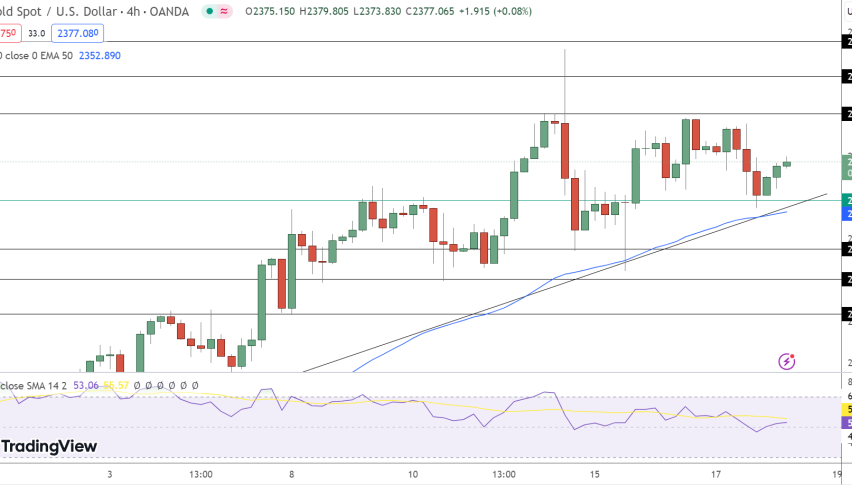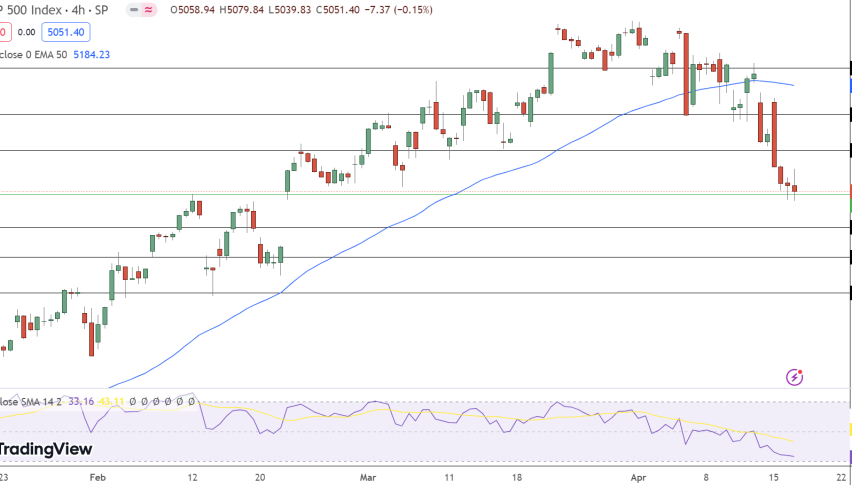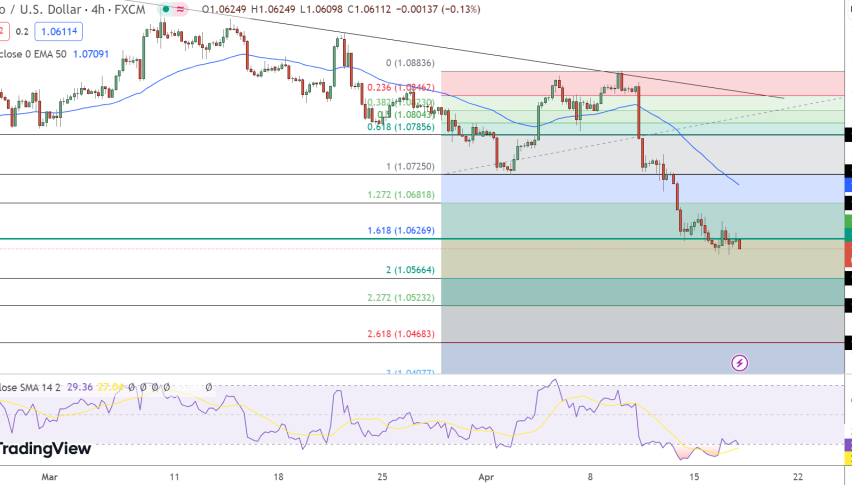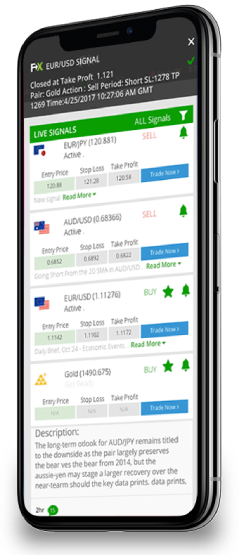
The fall season has been a strong one for WTI crude oil. Prices have held firm above $55.00 amid growing supplies and weakening demand. However, the last trading day of November wasn’t a great one for energy bulls. January WTI plunged dramatically, putting in a hard test of the $55.00 handle. Is this the beginning of winter pricing for global oil?
Inventories Build, Baker-Hughes Rig Count Shrinks
Typically, the final and first trading days of the month are active on the commodities markets. Friday certainly emphasized that tendency, with January WTI futures trading almost 700,000 contracts. The heavy volume was an outlier for a holiday weekend, as was the nearly $3.00 per barrel loss.
If you missed them, here is a quick look at last week’s inventory numbers:
Event Actual Previous
API Crude Oil Stocks 3.639M 5.954M
EIA Crude Oil Stocks 1.572M 1.379M
Each of these figures came in exceedingly positive, with values mixed week-over-week. It is going to be important to keep a close watch on this Tuesday and Wednesday’s API and EIA reports. The U.S. holiday travel season is in full swing, which is likely to impact inventories. If stocks fall beneath expectations, then a bullish bump from the $55.00 area is possible for WTI crude oil.
In addition, last week’s Thanksgiving holiday moved the Baker-Hughes Rig Count up by one session. The figure was released last Wednesday and came in at 668, down from 671. This has been a trend all year long and will likely continue well into 2020.
January WTI Crude Oil Futures Wrap Up November On A Down Note
For a Thanksgiving holiday weekend session, Friday’s plunge in January WTI futures was one for the books. With a daily range of more than $3.25, it was among the most volatile trading days of 2019.
++9_19_2019+-+11_29_2019.jpg)
Going into the Monday, 2 December session, there are a few levels to watch:
- Resistance(1): Daily SMA, $56.71
- Resistance(2): Bollinger MP, $56.75
- Support(1): November Low, $54.14
Overview: As we roll into December, the WTI crude oil market is going to be fascinating to watch. With “Phase 1” of the U.S./China trade deal in queue and U.S. economic numbers likely strong due to holiday spending, one can build a case for global oil to draw bids from investors. However, with seasonal supplies growing amid limited winter demand, it is anyone’s guess where prices are headed in the near-term.
One thing is for sure ― November’s low at $54.14 is a potential bearish breakout launch point. If prices fall beneath this area in the coming week, then a run at $52.50 and $50.00 may develop very quickly. In the event U.S./China trade tensions spike once again, a mad dash to $50.00 will become even more probable.












